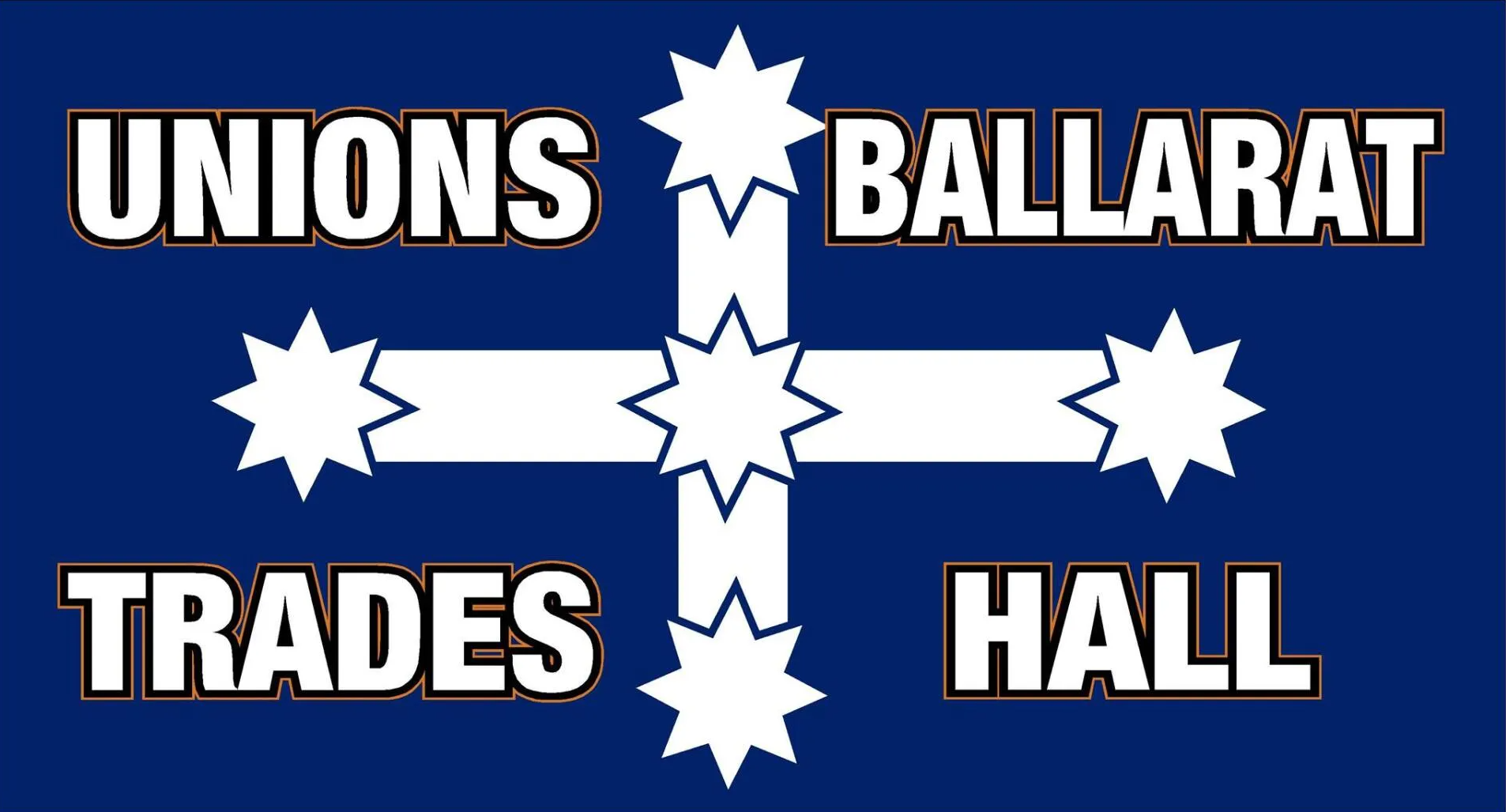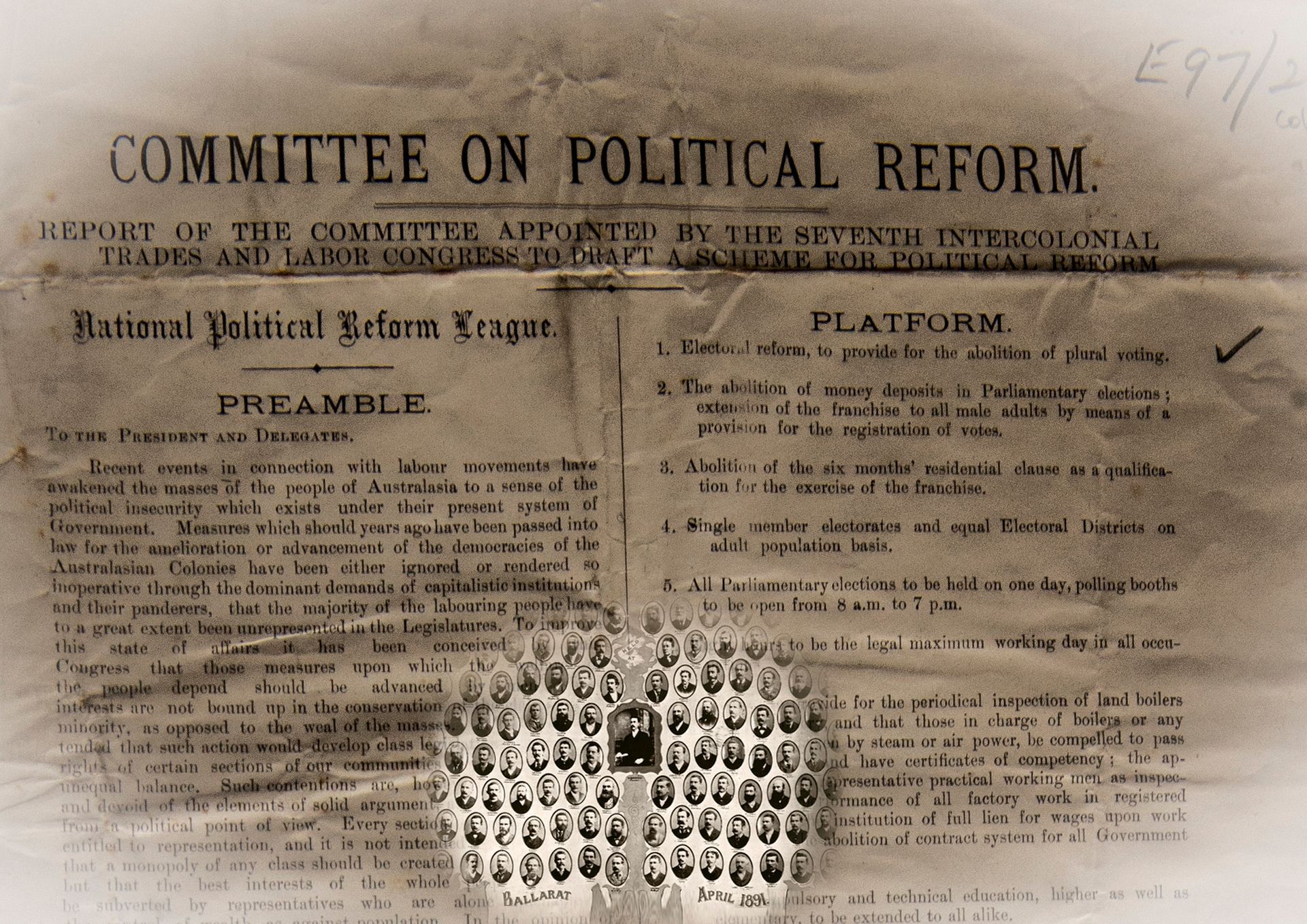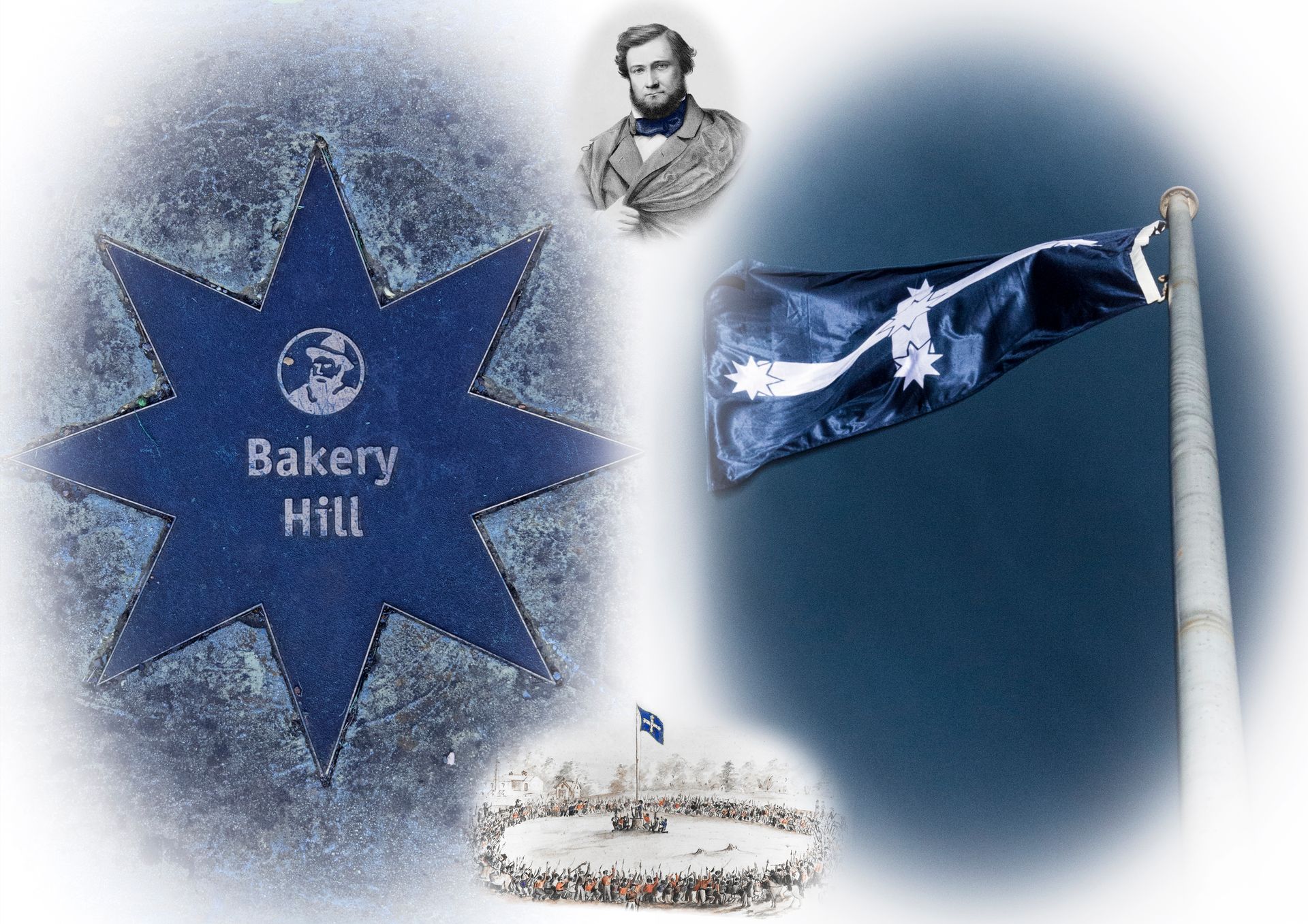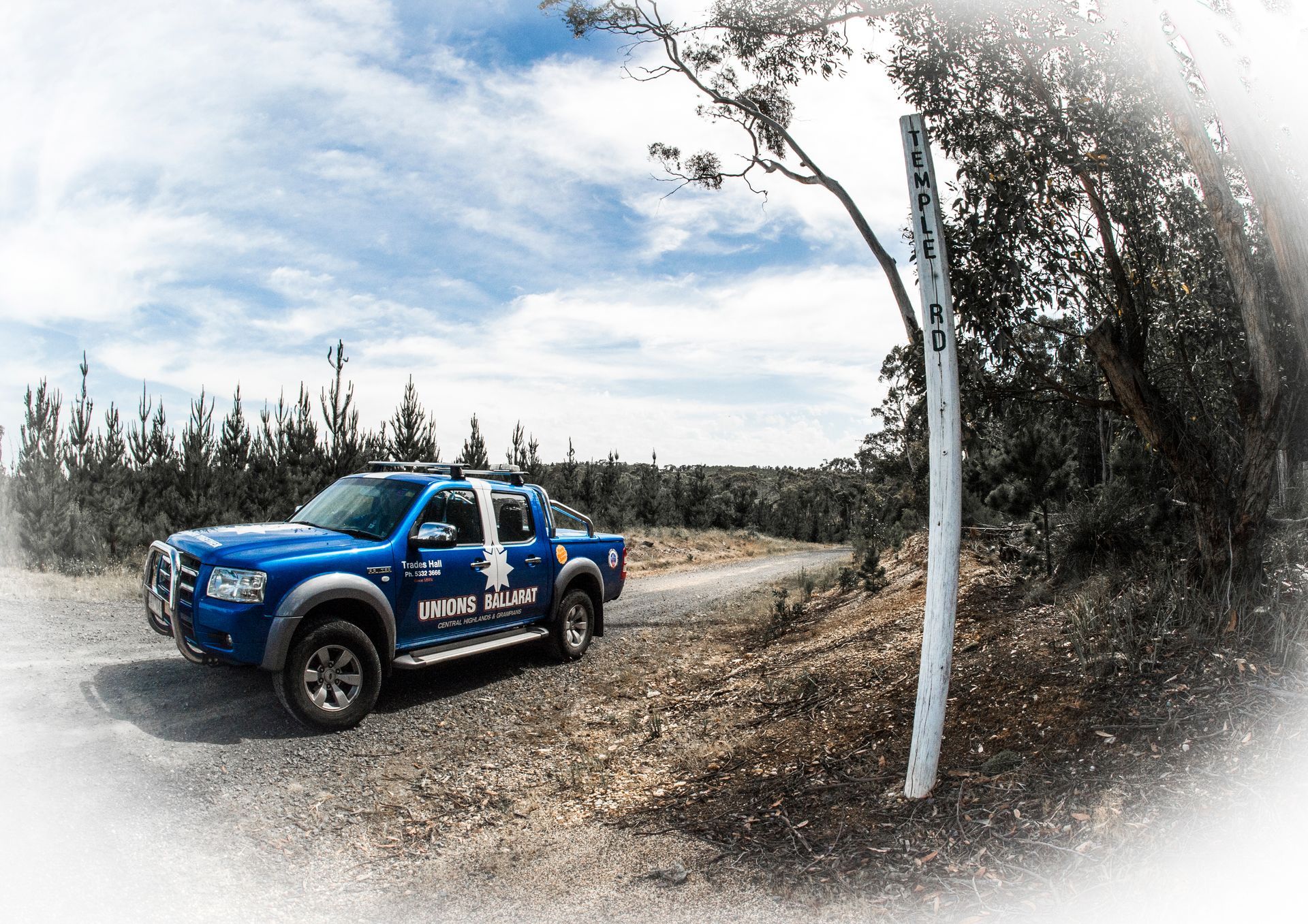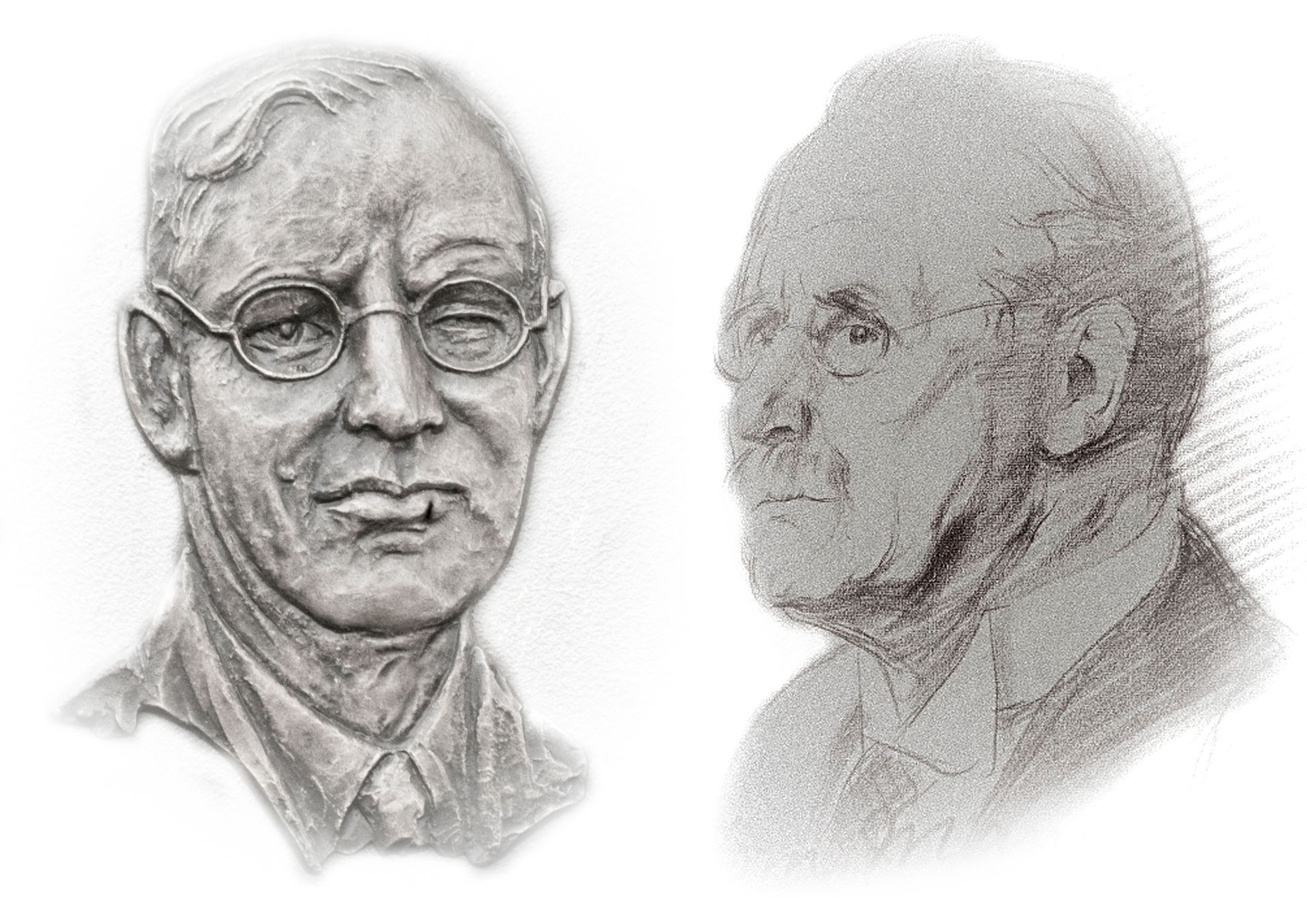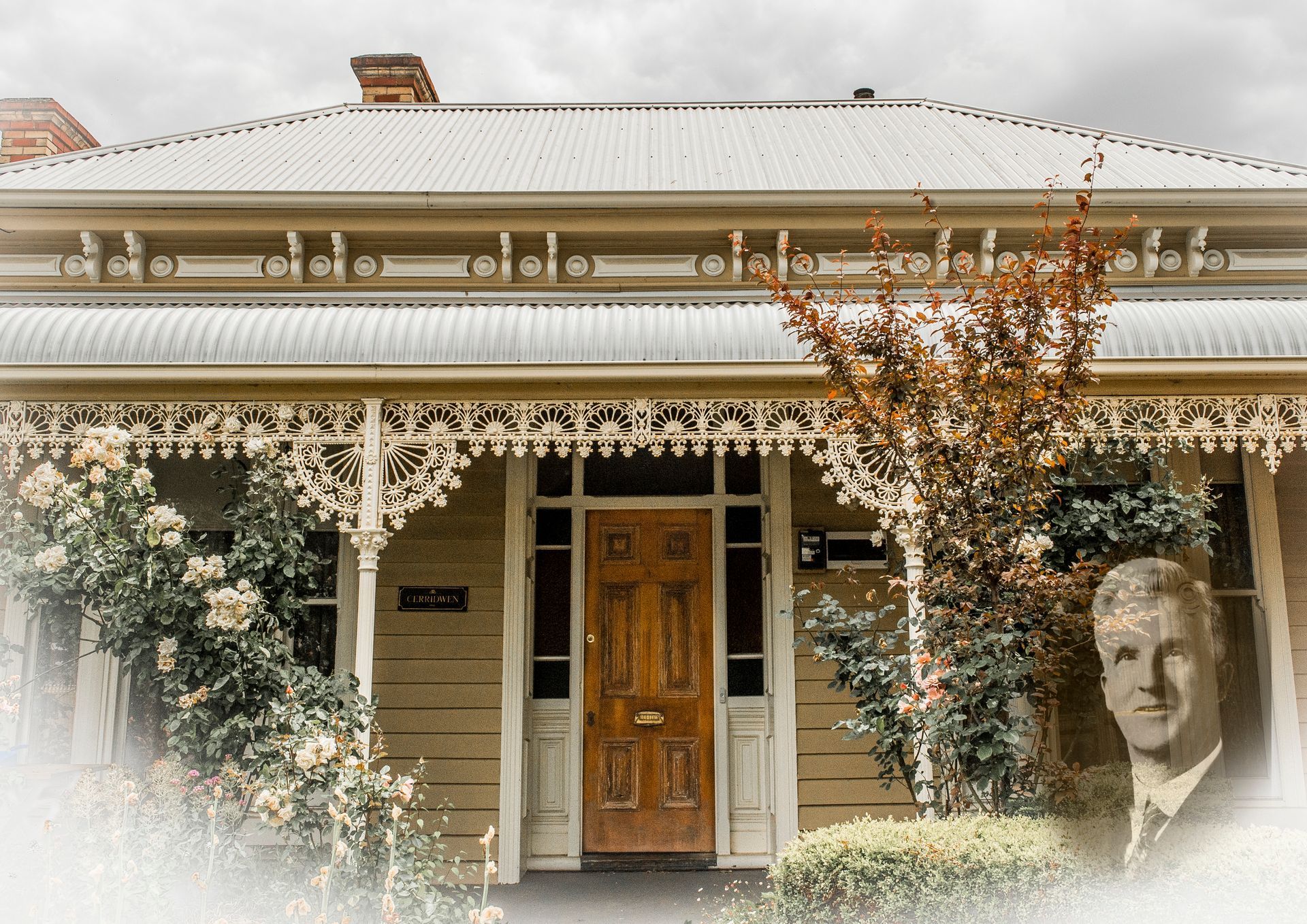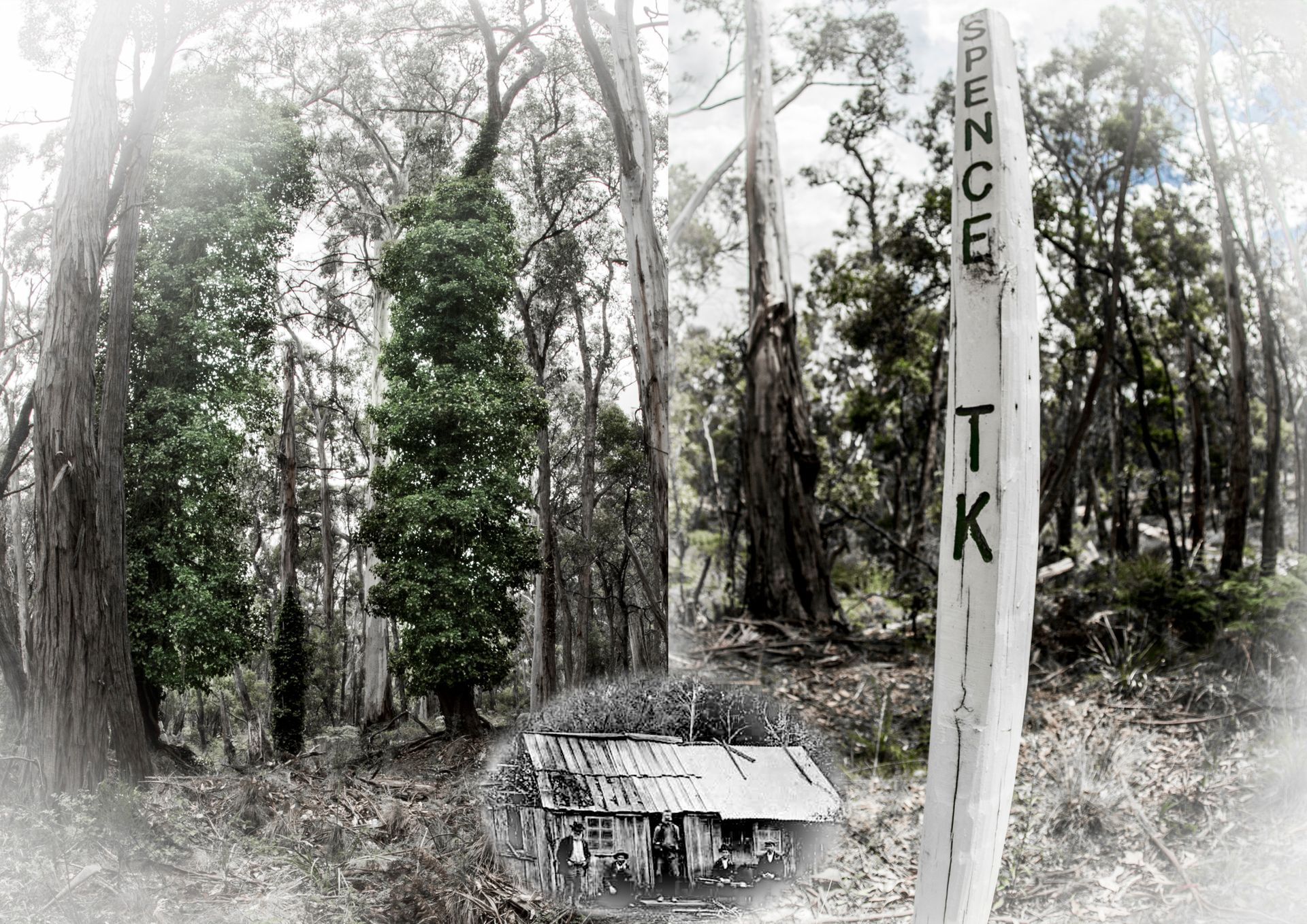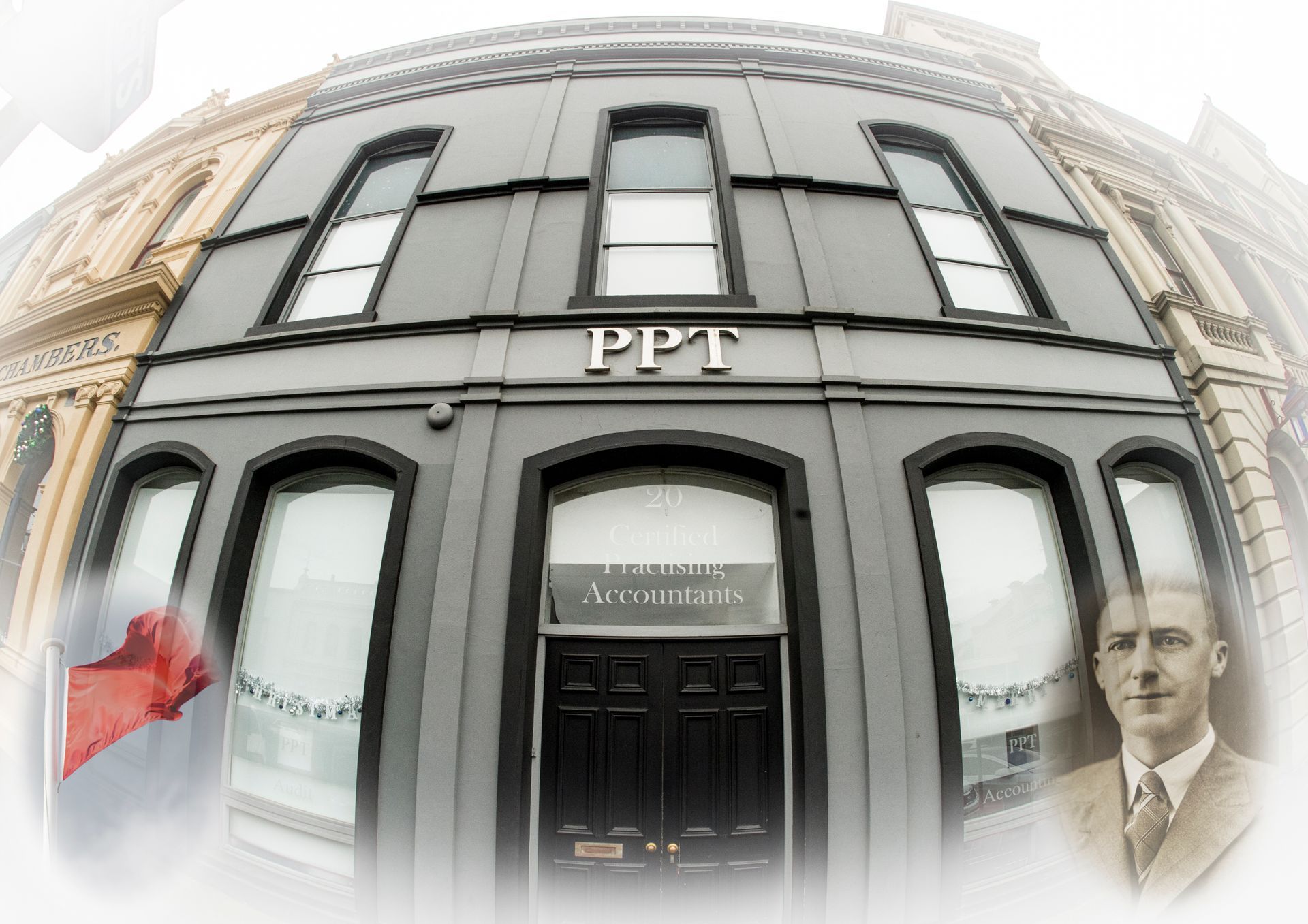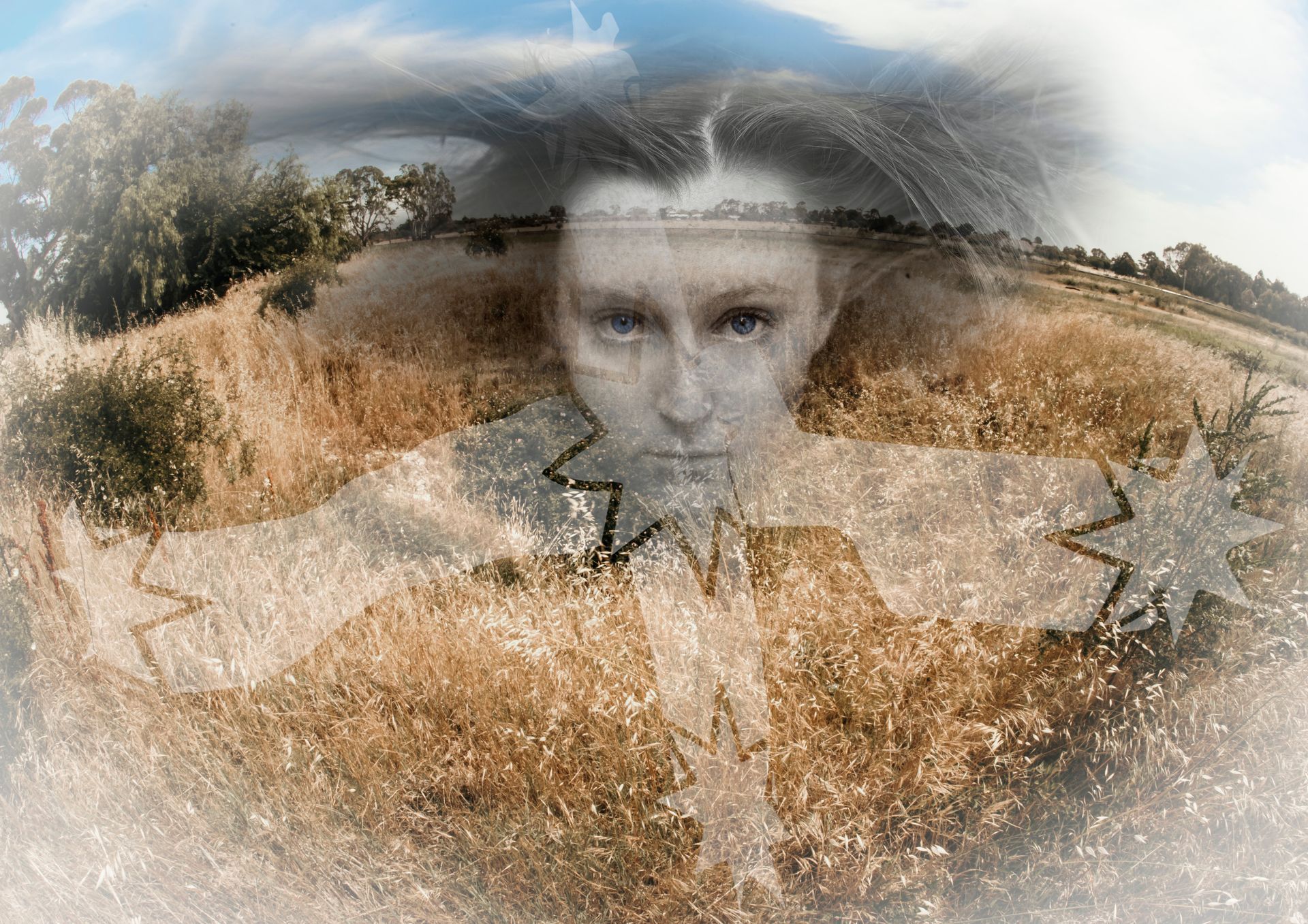Our History - Australasian Mine Disaster
Australia's Worst Mining Incident
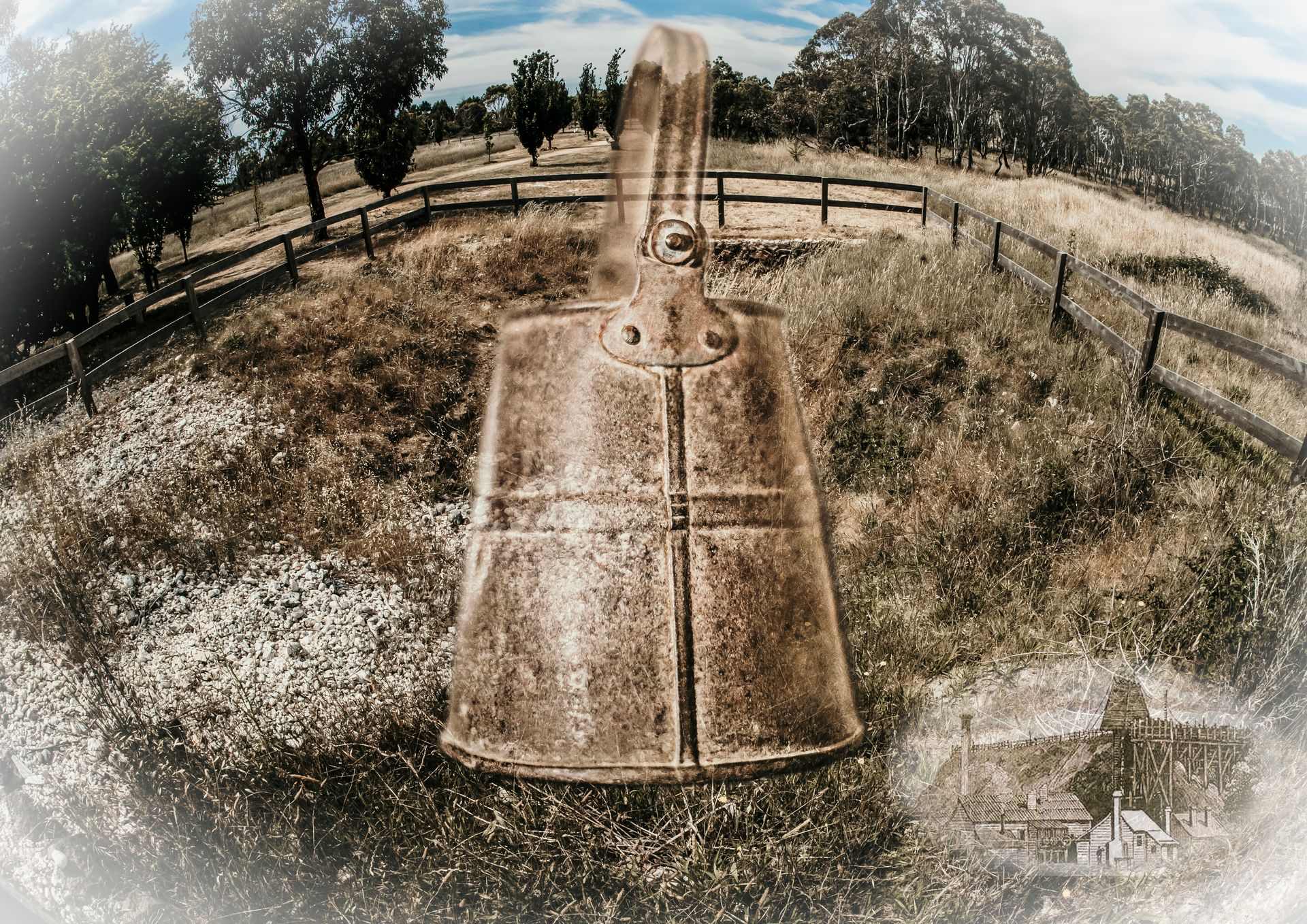
On the 12 December 1882, 41 miners were working night shift at New Australasia No. 2 shaft when at 5.30 am, without warning, the wall of the reef drive burst from the pressure of water that had accumulated behind it from the disused No. 1 shaft. Some of the miners were rescued, but 27 were trapped. For almost three days the mine ran the pumps at over 10 times their normal speed, attempting to lower the water to save the trapped men. A special train was sent from Melbourne with equipment to dive the shaft. This equipment was borrowed from the H.M.S. Cerberus along with competent divers. Initial word of the accident spread quickly in Creswick and people rushed to the site to await news. On the 15 December the rescuers reached the trapped workers; 22 men perished and only five survived. At 2 pm that day over 15,000 people lined the roadway between the mine and the cemetery to bid farewell to the 22 workers, including over 2,000 members of the Amalgamated Miners Association (AMA).
W G Spence, Secretary of the AMA, was among the crowd waiting for news over three days and nights. Once the worst was confirmed, Spence was first to visit all the widows, handing each of them a cheque for £20 from the union funds. Spence and his fellow unionists helped organise the funeral for the miners and continued to support the bereaved families for many years. Spence and the AMA’s actions paved the way for unions to be recognised as having responsibility for negotiating for the safety and welfare of workers and their families and strengthening the AMA’s membership and resolve in the wake of the disaster. Today the Australian Workers Union (AWU) continues to preserve the site, cemetery monuments and graves of the 22 workers.


